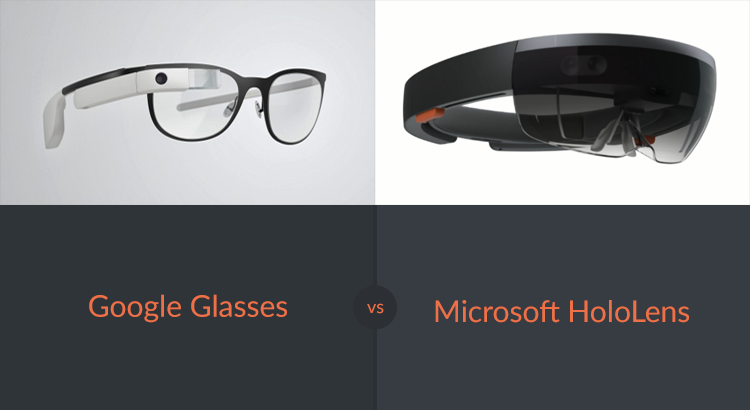Microsoft HoloLens is expensive. Period. At $3000 for the Development Edition and $5000 for the Commercial Edition, it sits pretty high up above its poorer cousins in the virtual reality world. You can buy Facebook’s Oculus Rift VR headset for $599, and even Microsoft itself is working with third-party suppliers for $300 units.
Agreed that we are comparing augmented reality vs virtual reality, and there is a huge difference between the two. If you are interested in finding about those differences you can read it in Techcrunch and in Techradar. But the price difference is almost impossible to justify unless you know how HoloLens differs from your run-of-the-mill VR headsets – and not enough people do.
Both Augmented Reality (AR) and Virtual Reality (VR) are still in the early stages of their game. There is plenty of reason to believe that costs will come down as the products move from the early adoption period towards a mass adoption phase. But if the product is not good enough then mass adoption will remain a dream, keeping the costs high and eventually killing the product in the process. A good example is Google Glass which, after having a fanfare launch and being priced at $1500, failed to keep end users interested. And we all know how that panned out – or didn’t, rather.
The real problem is that very few of these VR products have been priced at a point where “everyday folk” might be ready to shell out that kind of money just to experience it. They have indeed priced themselves out of the everyday user’s reach. When you can buy an iPhone instead of an Oculus Rift, a MacBook Pro instead of Google Glass and a high-spec iMac instead of HoloLens, people are not going to buy them – at least for now.
As such, these devices will be restricted to a small segment of the population, giving these companies the ability to test out their product in the market and make improvements if they can and slowly bring down the price in the process. But if they are not able to demonstrate that commitment, then these products will remain in the niche segment and the companies themselves will eventually lose interest in pursuing the product.
Tesla is a great example of how, if you have a clear plan for what you are trying to achieve, your success does not have to live in an augmented or virtual reality. The company started with the really expensive Roadster just so it could prove a point to the world that electric cars can run on the roads like regular cars, and that Tesla can indeed make those electric cars for people who want them. They then went about launching models that allowed them to keep moving their price point lower and lower, thus increasing their potential market size in clear-cut stages. The result is that a niche electric car company is now very close to becoming a solid luxury segment player, and someday might even become a mass market player.
Success was within reaching distance for Tesla because they had a clear vision to make electric cars accessible to the entire world, and a plan to make that happen. Unfortunately, the tech majors in the VR and AR space do not look like they have a real plan for their devices. And sans that their products will always be a hit or a miss, with Tesla-like success remaining a pipe dream.
For its part, Microsoft is certainly enthusiastic about the HoloLens, and they even make a big deal of it every time it enters a new market. Like Japan, for instance, where it was launched earlier this week.
The only hope for the HoloLens is that it has the backing of a tremendous corporate leader like Satya Nadella. But is that enough? Can they sustain the momentum long enough for the HoloLens to grow organically in terms of sales? Or will it go the way of Google Glass and be replaced for good by $300 versions slapped together by third-party manufacturers just to get on the good side of Windows 10?



